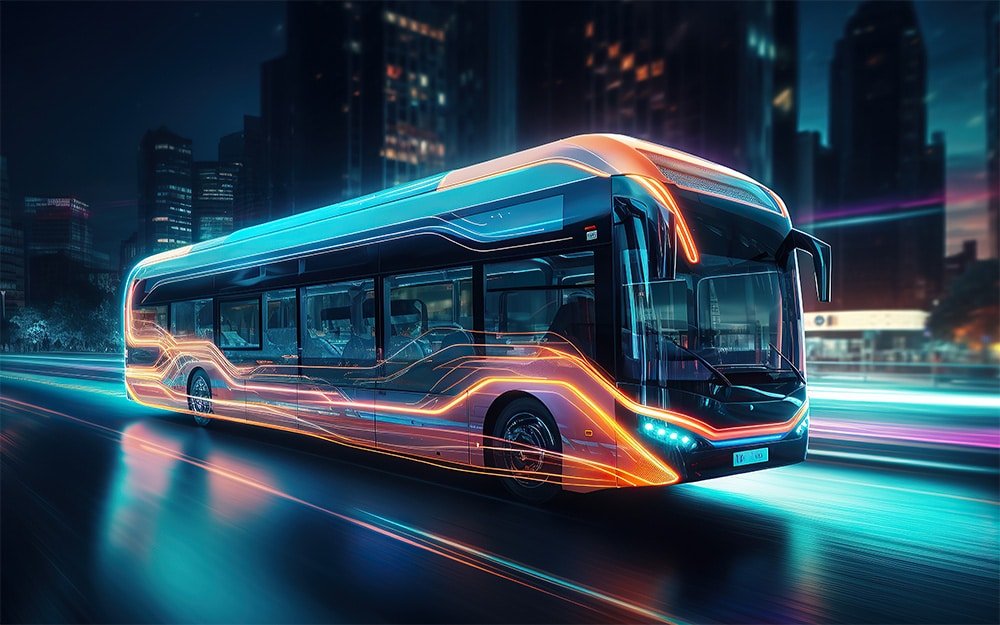Mobility & Tech
Implementing parking technology was straightforward for many decades. The marketplace for vendors was more consolidated and the offerings were limited. This meant that the need for multiple systems to be integrated into one another was not as prevalent. The industry hadn’t matured enough to ask for services outside the basic offerings provided under one roof. Today’s modern parking operation requires multiple types of hardware, services, and systems that need to work together synergistically. The concept of data sharing and aggregation has meant parking technology has become more complicated.
How do parking operations become more cohesive, and how do you get better continuity between multiple systems? To create a seamless parking experience now requires strong partnerships between multiple stakeholders and strong integrations between multiple hardware and software providers. So what is an integration? What does that actually mean? If you’ve procured or deployed any parking technology system such as an off-street parking access and revenue control system (PARCS) or an on-street multi-space meter system, you were not just procuring one company, but multiple hardware and software systems all under one umbrella, trying to fit them into one seamless experience. Moreover, if you want to do something like this with a third-party integration, you will need to understand the importance of an Application Program Interface (API).
So, what is an API, and why should parking professionals be attuned to it? Simply put, an API is a way for two different systems, such as a piece of hardware from one vendor and a piece of software from another vendor, to communicate with each other and exchange data between them. It’s a safe bet that the databases on the backend of the different systems you are trying to integrate were written by different programmers; you will need a translator in the middle to share information, interpret that information, and help facilitate the communication between them. This is exactly what the API does; it acts as that middleman between the third-parties and gets them to speak the same language to each other.
Today’s parking operations have several highly technical pieces that need to be integrated. As an example, you may have the need for aggregated reporting and/or aggregated enforcement. Under the reporting umbrella, you may want to aggregate transaction revenue, length of stay, payment types (cash, credit), payment method (mobile, hardware, permits), and more. For aggregated enforcement, you may need to pull from your permits, validations, transient payments (perhaps from multiple sources), reservations, and more. Getting all this technology to talk to each other and speak the same language is critical to having a seamless operation.
There are some ways in which the industry is moving towards better communication between third parties, specifically the Alliance for Parking Data Standards (APDS). APDS is a common language for data elements and definitions in the parking and mobility industry that seeks to streamline communications by having technology providers speaking the same language. As more parking industry players adopt APDS, the burden of integration between third parties should lessen. In the meantime, while the industry works towards this lofty end goal and navigates the complexities in doing so, educating your organization and starting the conversation early with your tech partners is a good place to start.

Carmen Donnell, CAPP, is Managing Director of PaybyPhone North America, a member of the IPMI Board of Directors, and Co-Chair of the IPMI Technology Committee.
-
Carmen Donnell, CAPPhttps://parking-mobility-magazine.org/author/carmen-donnell-capp/January 1, 2022
-
Carmen Donnell, CAPPhttps://parking-mobility-magazine.org/author/carmen-donnell-capp/April 30, 2022
-
Carmen Donnell, CAPPhttps://parking-mobility-magazine.org/author/carmen-donnell-capp/January 5, 2023

Nick Mazzenga, PE, is an Associate at Kimley-Horn, and is Co-Chair of the IPMI Technology Committee.
-
Nick Mazzenga, PEhttps://parking-mobility-magazine.org/author/nick-mazzenga-pe/March 5, 2024


The Digital Tsunami is Here
How Data Standards are Shaping the Future of an Interconnected

Beyond Plugs
How Wireless Charging Technology is Revolutionizing Electric Public Transportation










